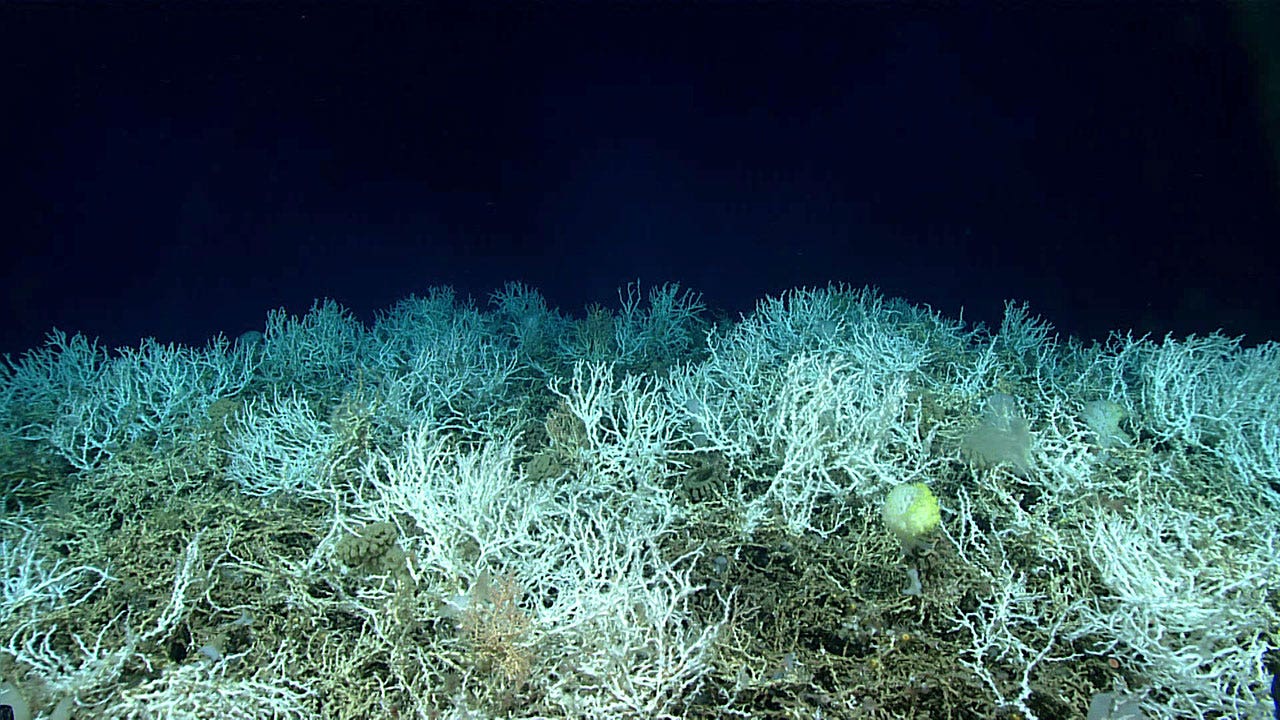Dear Headway readers
Here’s a mood brightener for you: Lots of scientific and business model innovation is now going toward removing carbon from the atmosphere.
But there’s a hitch. Who’s going to pay for it?
For years now, the hoped-for answer has been “businesses.” As a way of compensating for their emissions, many companies now buy carbon offsets, which pay for things like planting trees or growing cover crops to capture carbon in the soil. They do this either to comply with regulations or out of a sense of corporate citizenship. Europe and the United Kingdom have “compliance markets,” since they have imposed limits on emissions. But in the U.S. there is only a “voluntary carbon market,” reliant on the squishier concept of good will.
Private market, public trust
The voluntary carbon market is much smaller than the compliance markets, but it had been growing quickly — up until about a year ago. That’s when prices for offsets swooned and large buyers pulled back. A series of press reports found that many credits, especially those intended to avert deforestation, had flawed underpinnings. Some companies that touted themselves as “carbon neutral” based on offsets they purchased have been sued by customers for making false claims.
Those who are trying to put markets to work for nature restoration worried that the critiques, while often merited, could torpedo the industry.
“More than anything, it’s perpetuated a lack of trust in the voluntary carbon market, which has greatly affected demand,” the Arbor Day Foundation lamented last year.
Trust: Markets can’t scale without it. Trust is forged from common standards and the knowledge that someone’s enforcing them. Carbon markets have neither of those things, yet.
Chasing demand
An international alliance is working to settle on carbon accounting principles, and optimism remains. For now though, people who develop carbon removal and avoidance projects are having a harder time finding revenues.
As one indicator, the owners of a vast Scottish estate restoring carbon-hoarding peatlands that my colleague David Segal wrote about two years ago have not started selling credits. “The market remains rather uncertain,” said Tim Kirkwood, a company representative.
That might not be a huge problem for the peat barons of Scotland, who get government funding to conserve the bogs. But in the U.S., it could clip the wings of startups just trying to get off the ground, like Mast Reforestation, the company I wrote about recently that’s trying to use carbon markets to rebuild the entire supply chain for planting trees on burned-up lands in Western states.
“That demand hasn’t materialized yet,” said Jonathan Loevner, Mast’s vice president for carbon markets. It has sold some credits, but needs to sell more to “start kicking off significant carbon removals each year going far in the future.”
Revisiting
We asked readers how optimistic they felt about carbon offsets as a way to restore nature and got a huge response: About 1,200 people wrote in with their thoughts.
Many were enthusiastic, but also concerned that the model depends on companies continuing to pollute. Eva Colberg, a postdoctoral researcher at Cornell University focused on managing invasive species in forests of the Northeast, worried that offsets could foster a myopic approach to regrowth.
“There are too many examples worldwide of programs so focused on the carbon aspect that they ignore whether the trees they’ve planted will actually survive, grow, and become functional, diverse, climate-resilient forests,” Dr. Colberg wrote, “or cases where the needs and values of local communities are ignored or minimized.”
Some readers even own their own forests, and would love to be paid to plant more trees on them. But, as my reporting showed, there’s no easy solution for small landowners.
“If you don’t own large acreage, nobody wants to talk to you,” wrote Thomas Ralston, who farms about 95 out of his 250 acres in Wisconsin. He buys oak and hazelnut seedlings on his own dime.
“No payback for me, just doing a bit so future generations can survive on a livable planet,” Mr. Ralston said.
—Lydia DePillis
Links
-
A quarter of residents in Paris live in government-owned housing, part of a commitment to make sure “those who produce the riches of the city” can afford to live there, as one former head of housing put it.
-
Potato chips, blueberry muffins and lamb shawarma: An app supplies a cheap haul of unsold restaurant food to satisfy those who are worried about food waste (and their budgets).
-
“School hours aren’t made for working people,” one Brooklyn principal said. So now the school is staying open 12 hours a day, offering chicken tenders, music time and homework help.
Your turn
We’d love to hear from you. Where have you seen progress in your own community? Where are you not seeing progress, but wish you were? What links do you recommend to the Headway team? Let us know at dearheadway@nytimes.com.
The Headway initiative is funded through grants from the Ford Foundation, the William and Flora Hewlett Foundation and the Stavros Niarchos Foundation (SNF), with Rockefeller Philanthropy Advisors serving as a fiscal sponsor. The Woodcock Foundation is a funder of Headway’s public square. Funders have no control over the selection, focus of stories or the editing process and do not review stories before publication. The Times retains full editorial control of the Headway initiative.






